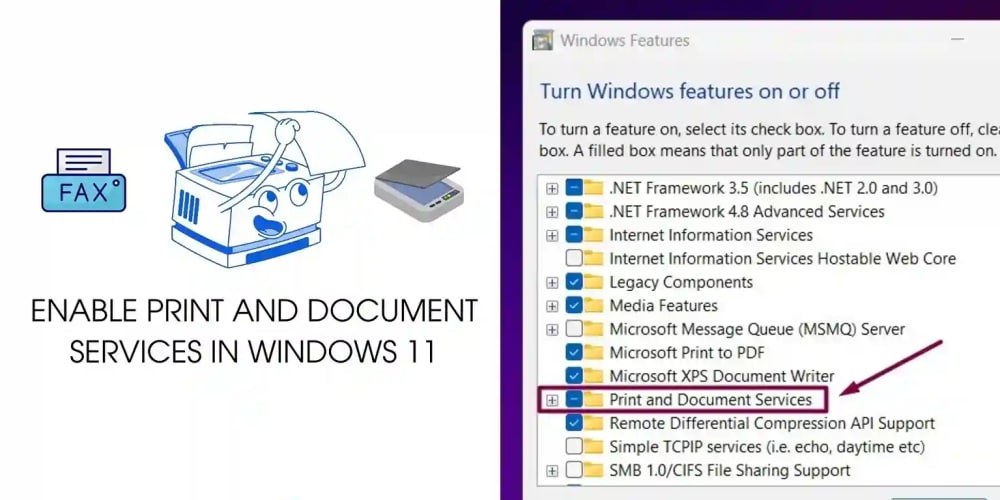Using both Bootstrap and Tailwind CSS in a single React project can lead to several potential issues and challenges. Here's a breakdown:
1. CSS Conflicts
-
Class Name Conflicts: Bootstrap and Tailwind CSS both use utility class names that could overlap. For example, both frameworks might have a class like
containerorbtn. If both frameworks are loaded, the styles applied might conflict or override each other unpredictably. - Specificity Issues: Even if class names don’t directly conflict, CSS specificity could cause issues where one framework's styles unintentionally override the other’s. This could result in unexpected styling issues that are difficult to debug.
2. Increased Bundle Size
- Larger CSS Files: Including both frameworks significantly increases the size of your CSS bundle. This can lead to slower load times and potentially worse performance, especially on mobile or slower connections.
- Unnecessary Styles: You'll end up loading a lot of unused styles, which is inefficient. Tailwind is typically used with tools like PurgeCSS to remove unused styles, but with both frameworks, this becomes harder to manage.
3. Development Complexity
- Inconsistent Styling Approach: Bootstrap and Tailwind CSS have very different approaches to styling. Bootstrap is a component-based framework with pre-built components, while Tailwind is a utility-first CSS framework. Mixing these can lead to inconsistent styling and increased complexity in your codebase.
- Learning Curve: Developers on the project will need to understand and work with both frameworks, which might increase the learning curve and development time.
4. Maintenance Challenges
- Long-term Maintenance: Managing two CSS frameworks in the long term can become cumbersome. It may lead to difficulties in maintaining and updating the styles, especially if you need to upgrade the versions of either framework.
When It Might Be Justifiable:
- Legacy Code: If you’re gradually migrating from one framework to another, you might need to temporarily use both. In this case, try to minimize overlap and gradually phase out one framework.
- Component Libraries: If you’re using a third-party component library that depends on Bootstrap, you might need to use Bootstrap alongside Tailwind. In this case, try to isolate the Bootstrap styles as much as possible.
Recommendations:
- Choose One Framework: If possible, stick to one framework to avoid the above issues. Tailwind CSS is great for utility-first, highly customizable designs, while Bootstrap is good for quickly building standardized components.
- Scoped Styles: If you must use both, try to scope the styles of one framework to a specific section of your app to minimize conflicts. For example, you could load Bootstrap only for certain components or use CSS modules to isolate styles.
By carefully considering these factors, you can avoid most of the pitfalls associated with using both Bootstrap and Tailwind CSS in the same project.



















